Before we get into today's journal entry, I want to remind you all that my PolarConnect event is scheduled for August 20th at 5pm EST. This is a live stream with myself, Dr. Lee Cooper, Dr. Jackie Grebmeier, and others to talk about the polar research happening on the Healy. Please sign up for this free event here.
Over the last few days, I have been welcomed into the world of polar research. The benthic team, led by Jackie Grebmeier and Lee Cooper, is my main assignment on the ship. One of the samples that this team collects is mud and benthic organisms (animals that live on the ocean floor) using a device called the Van Veen Grab. This instrument was invented by Johan van Veen, a Dutch engineer, in 1933 to collect sediments. When the Van Veen is deployed, it grabs 0.1 square meters of mud off the bottom and brings it back to the surface for us to look at.
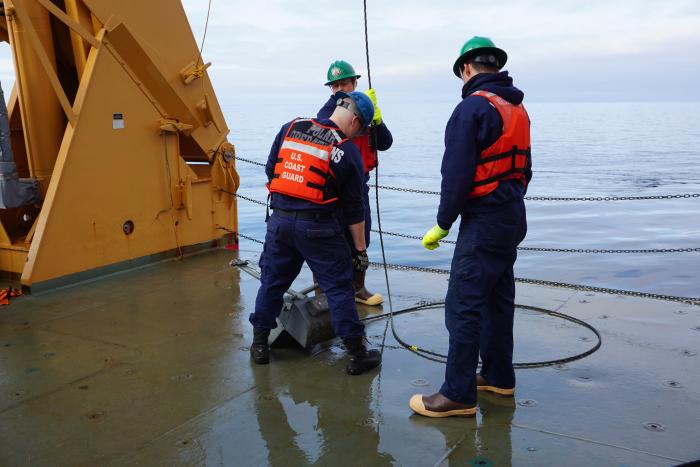
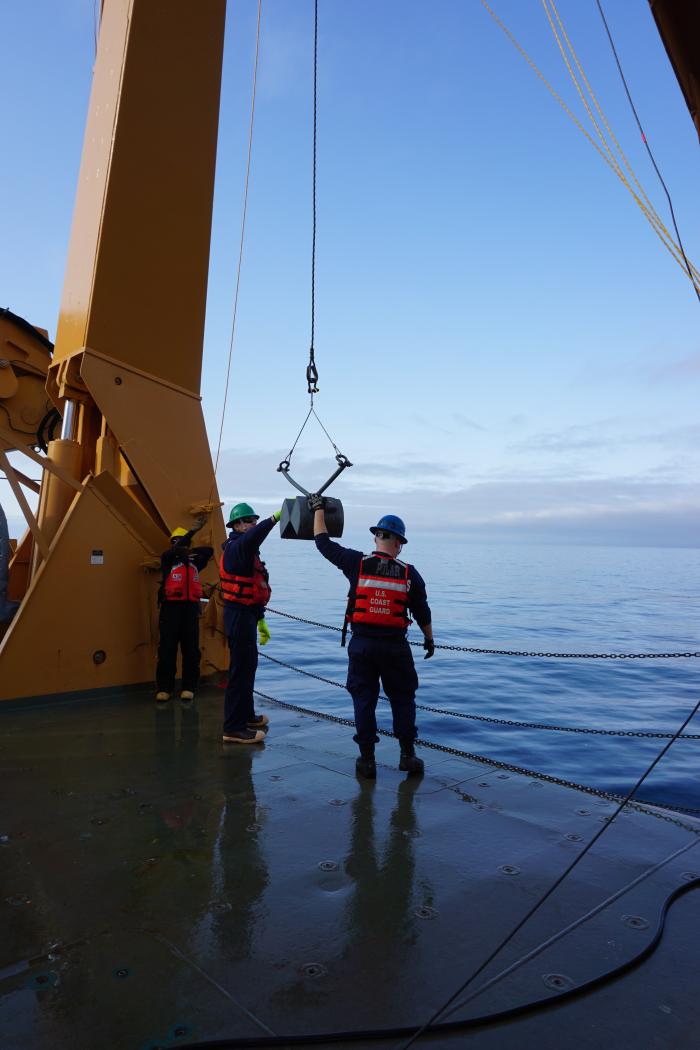
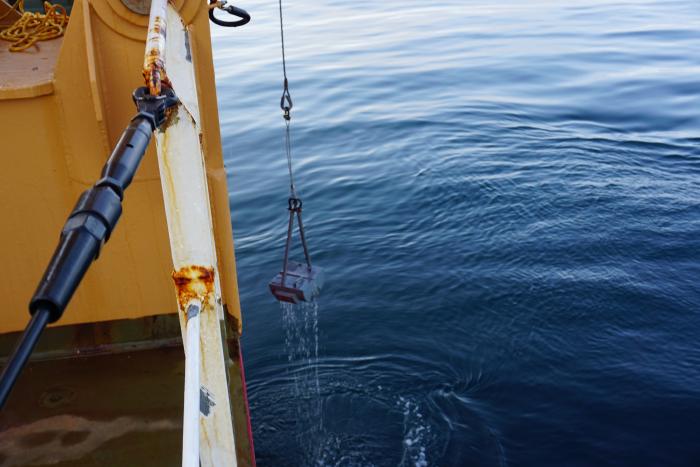
Once the Van Veen grab is on deck, the Coast Guard personnel on the deck open it up and a member of the benthic team empties out the mud into a bucket using a hose and a spoon. In some of the grabs that are recovered, a trap door on the top of the grab is opened first and samples of the mud from the very surface are put into a bag and frozen to be taken back to the lab in Maryland where they will be tested for among other things, organic carbon content. The more carbon in the sample, the higher the productivity and, ultimately, the biomass. This means that samples taken from carbon-rich areas are healthy ecosystems that are important to the food web.
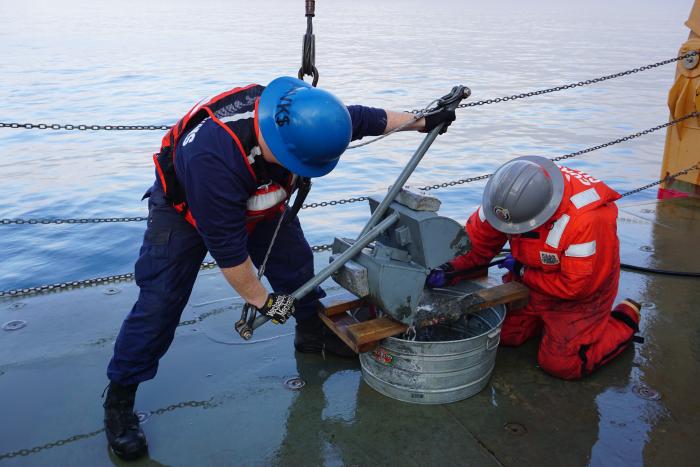
Once the mud samples are collected, the mud is poured from a bucket into a 1 mm sieve where members of the benthic team use a hose to gently remove mud from the dead and living specimens in the mud. Different species of worms, bivalves, and many other taxonomic groups are represented in the Bering Sea benthic community. All the mud goes through the sieve and leaves a multitude of organisms that are preserved and taken back to the lab where they will be identified to determine biodiversity and biomass.
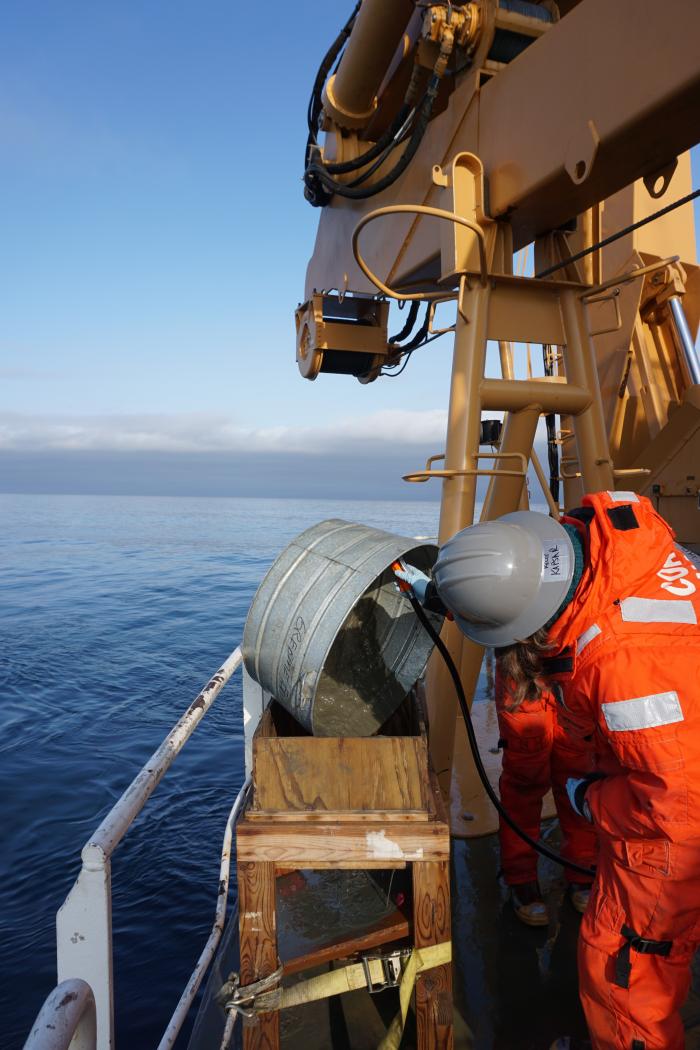
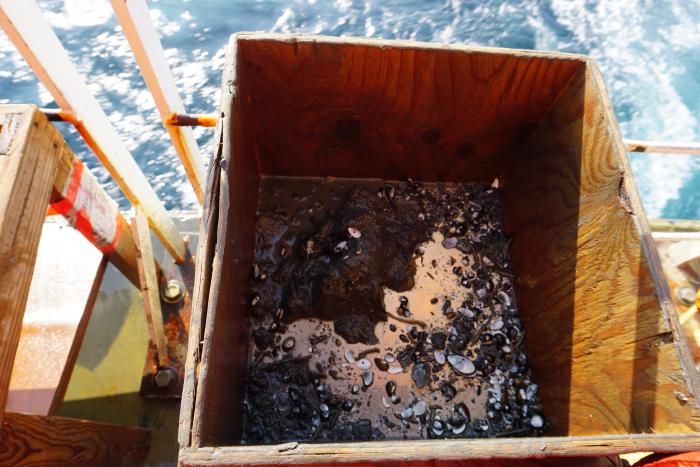
Dr. Grebmeier and Dr. Cooper have been sampling the sediments in the Bering and Chukchi Seas for almost three decades and have seen how the benthic communities have changed over time. With the loss of sea ice and rising ocean temperatures due to climate change, they are particularly interested to see how this effects these organisms. The data collected by the Van Veen grabs can help them to get a better picture of what is happening on the bottom of the Arctic.
A Question From the Crow's Nest
Besides carbon, what is one other major element that indicates high productivity in an ecosystem?
Answer from previous post: The Common Murre lays eggs that are blue with brown speckles.

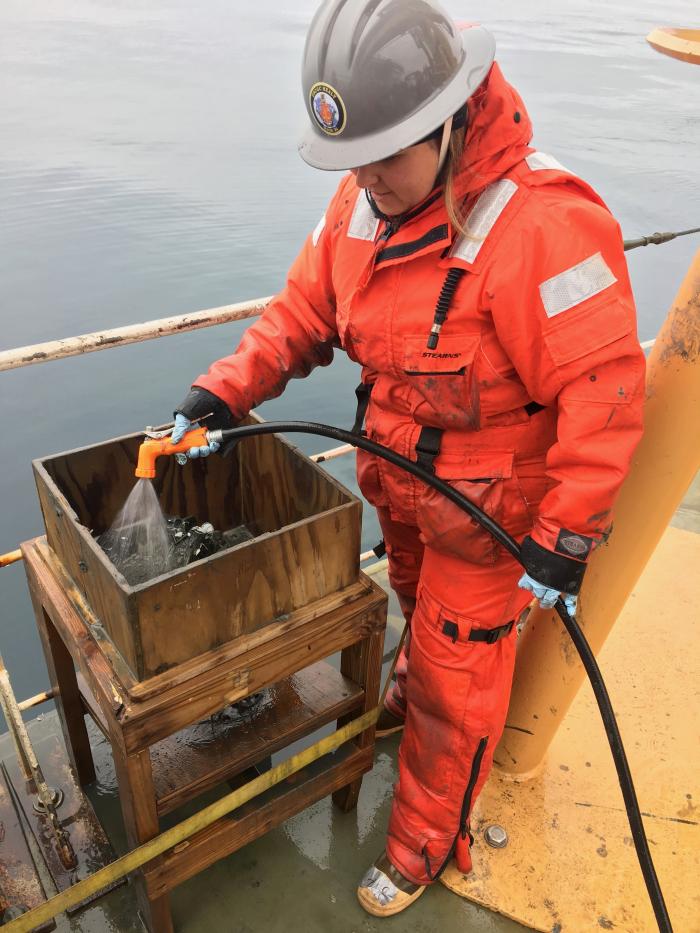

Comments